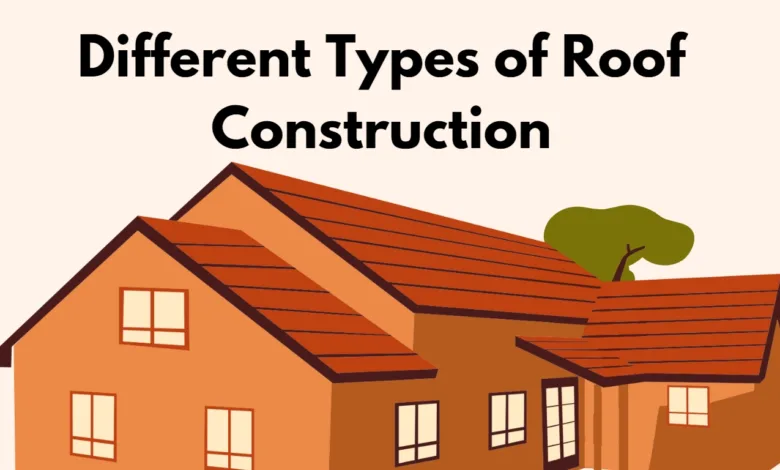Different Types of Roof Construction

Roof construction is an essential component of a well-built home, as it provides protection against the elements from the elements. There are a variety of materials that can be used to construct a roof, and the type of roof construction employed will depend on the specific needs of the building. Whether the homeowner wants a flat, sloped, gabled, or hipped roof, there is a construction method and materials to suit the purpose. In this essay, we will explore the main types of roof construction commonly used for residential dwellings.
The most common roofing method used in residential buildings is the traditional rafter roof. Rafter roof construction generally includes the use of trusses, or pre-made triangulated sections of the roof which are assembled together on the building site. Each truss consists of two outer rafters, with two inner rafters connected by a lattice or webbing. They are most commonly used for sloped roofs.
Another popular option for roof construction is the use of trussed rafters, which are a combination of the traditional rafter roof and modern trusses, with a few modifications. Trussed rafters use steel or other materials to create a frame to support the roof deck, and also provide added stability to the roof. Trussed rafters are usually used for steep, pitched roofs as they provide additional support to the roof.
While traditional rafter and trussed rafter roof construction are the most common, there are other types of roof construction available depending on the slope and design of the roof. One of these is the hip roof, which is characterized by the unique “H”-shaped ridges which run from corner to corner. Hip roofs are extremely stable and require minimal maintenance, but are more expensive to construct than traditional or trussed rafters.
More Interesting Construction Articles Click Here
A gable roof is another commonly used type of roof construction and is characterized by its triangular shape, which is created where the two sloping sides of the roof meet at a common point. Gable roofs are more stable than their hip counterparts, but require more maintenance and are often more expensive to construct.
Finally, a flat roof is the easiest and most cost-effective type of roof construction, though it is usually only used in certain climates and on certain buildings because of its lack of stability. Flat roofs are much less prone to leaks and are much easier to construct and repair.
In conclusion, there are several different types of roof construction commonly used in residential dwellings. The type of roof construction employed depends on the specific needs of the building, such as the slope and design, as well as cost and required maintenance. However, regardless of the roof construction used, a well-built roof will provide many years of protection from the weather.
Join Telegram Channel Click Here
There are several different types of roof construction, and the appropriate choice for a particular building will depend on a number of factors including the shape and slope of the roof, the type of building, and the local climate.
Some common types
- Gable roof: This is the most common type of roof and is characterized by two sloping planes that come together at a peak. The planes are usually symmetrical, and the pitch of the roof is determined by the height of the peak and the length of the slope.
- Hip roof: A hip roof is similar to a gable roof, but the planes of the roof slope down to the walls on all four sides of the building. This type of roof is more stable than a gable roof and is better able to withstand high winds.
- Flat roof: A flat roof is exactly what it sounds like – a roof that is completely flat, with no slope. This type of roof is common in climates with low precipitation and is often used for commercial buildings.
- Gambrel roof: A gambrel roof is a type of gable roof with two slopes on each side, the lower slope being steeper than the upper slope. This design allows for more headroom in the attic or upper floors of the building.








